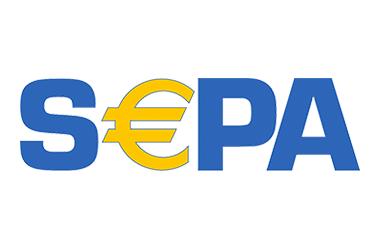
SEPA Direct Debit procedure
Process recurring payments quickly and securely
The SEPA direct debit procedure makes it quick and easy to process recurring payments. Customers can pay recurring bills conveniently, easily and securely without cash within Germany and in 33 other countries.
A major advantage of the SEPA direct debit procedure is that there are no restrictions, such as limited terms or a payment limit as with credit card payments. In addition, long-term customer loyalty is promoted.
In Germany, the SEPA direct debit is one of the most popular payment methods. In 2020, just under 11.6 billion cashless payment transactions were made by direct debit in Germany alone.
SEPA (Single Euro Payments Area) refers to a common European payment traffic area that makes cashless payments (in euros) possible within a uniform payment area. This means that the SEPA direct debit can be used across borders.
The SEPA direct debit procedure can be used as a payment method in Billwerk+ and enables the uncomplicated processing of recurring payments.
Advantages of SEPA direct debit
Cross border payments
Within the Single Euro Payments Area (SEPA), direct debits can be collected across national borders, thus combining numerous individual direct debit schemes into one cross-border scheme.Low cost payment method
Direct debits are a cost-effective payment method for merchants as the transaction costs are lower compared to other payment methods.Increased customer loyalty
No limited term, no payment limit and thus high customer loyalty.- Easy integration and fast time-to-market
In Billwerk+, SEPA direct debit procedures can be integrated both independently and through the integration of service payment providers.

